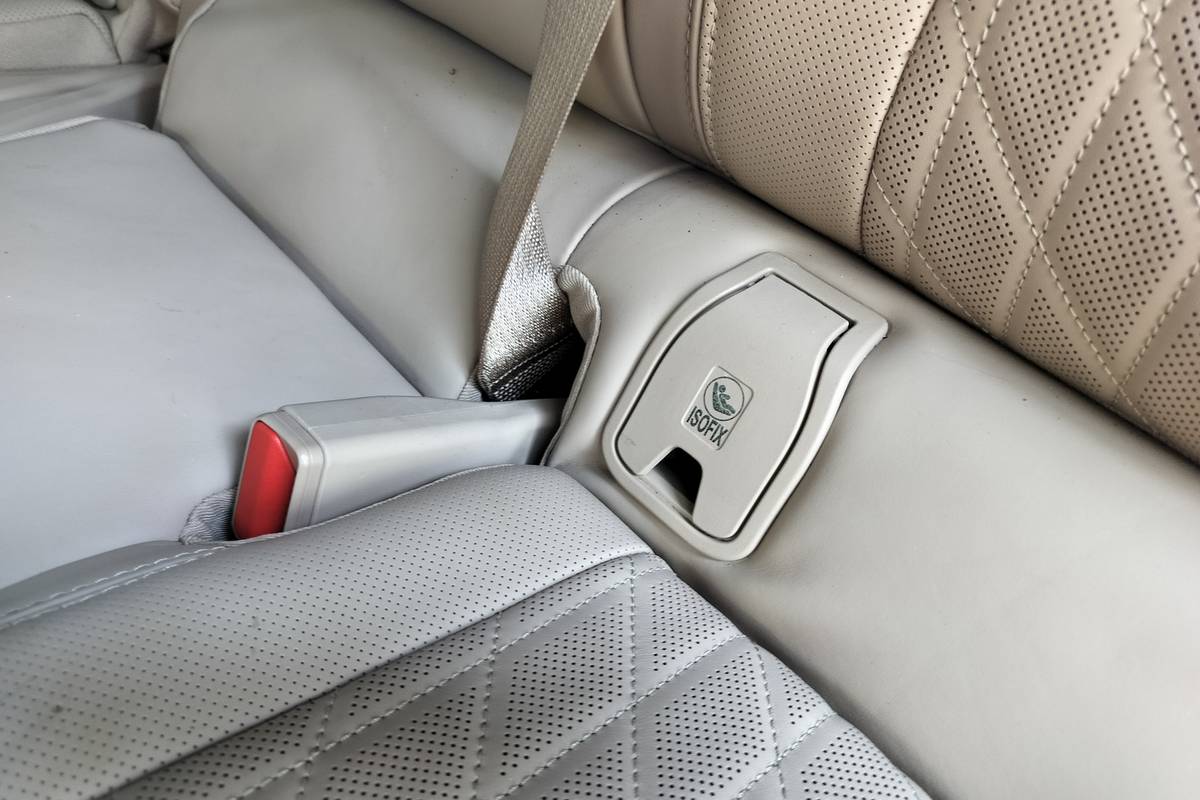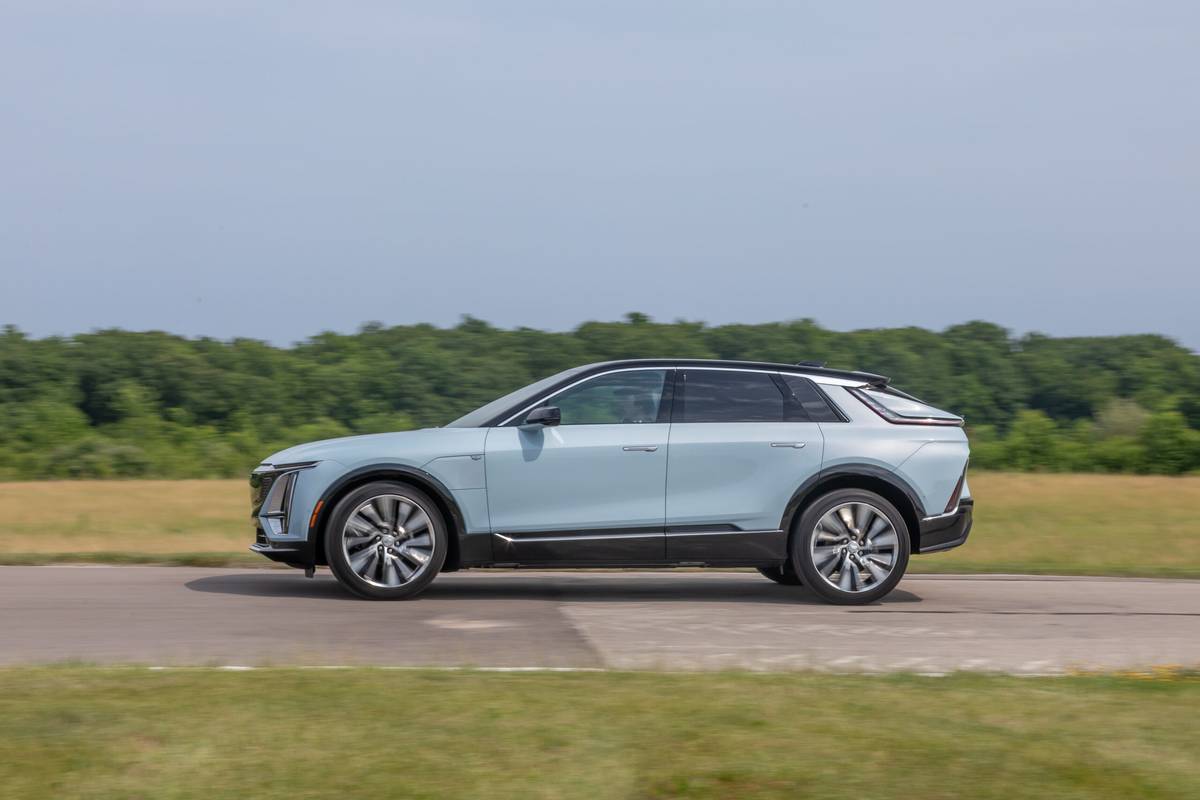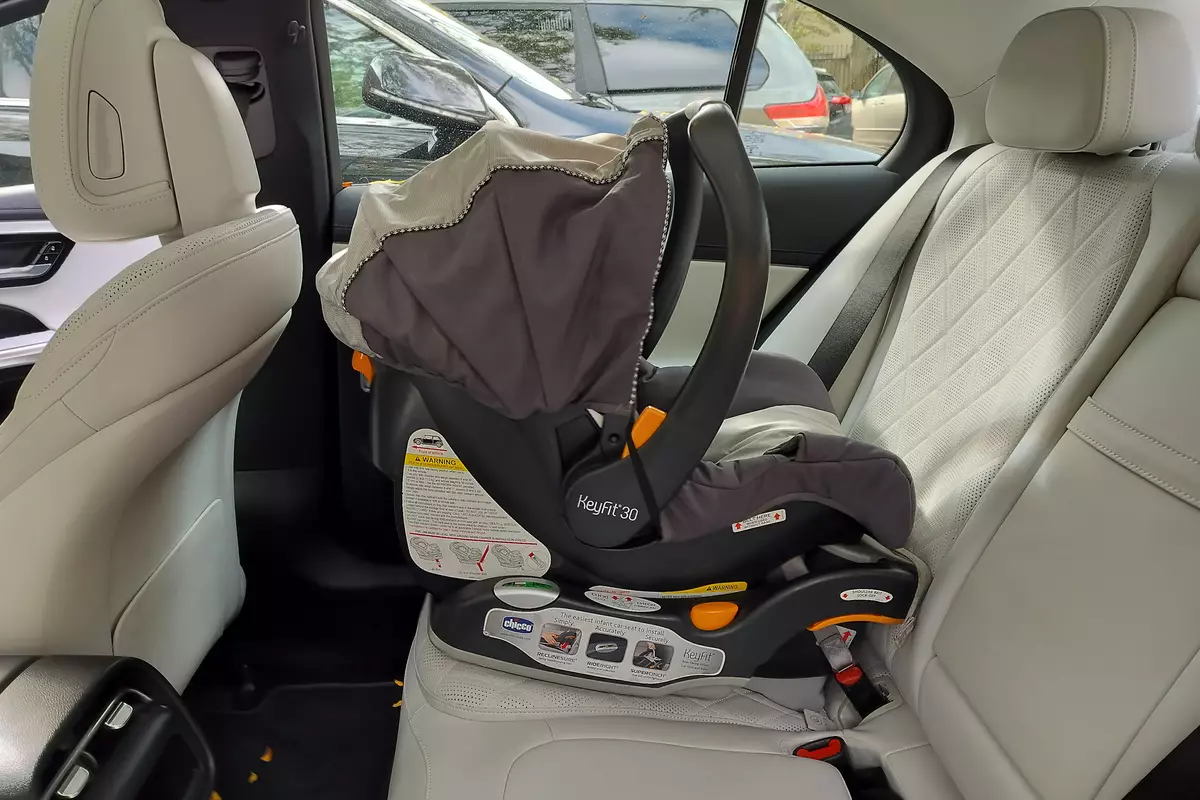IndyStar.com's view
It is not everyday that you find a four cam 32-valve V-8 in a truck. But if you lift the hood on the 1998 Toyota Land Cruiser you will find one staring you in the face.
As the fifth generation of Toyota sport utility vehicles and the first all-new Land Cruiser since 1991, this Cruiser is set to do some cruising as the first Toyota vehicle of any type to be powered by a V-8 engine.
The ’98 Land Cruiser is Toyota’s flagship vehicle that is larger, heavier, and structurally more solid than its predecessor. Yet it is considerably quicker, is more responsive on acceleration, and delivers improved fuel mileage.
You can lay this on the doorstep of a 4.7-liter (284.4 cubic inch) V-8 that sports two overhead cams per bank of four cylinders, and four valves for each one of those cylinders. In the world of engine design, that’s exotica personified.
The engine produces 230- horsepower, 18 more horses than last year’s in-line 6, and 320 foot-pounds of torque, 45 more foot-pounds than last year.
That’s good enough to propel 5,225 pounds of curb weight to 0-60 miles per hour in a little over 9 seconds. Those horses, however, have a rather healthy appetite, with the mileage rating being 14 miles per gallon city, 16 highway.
The story of the new Cruiser is not all engine. To take advantage of the V-8’s potential, a redesign of the rest of the vehicle was undertaken.
Chassis development improved frame strength and reduced flexing to where the overall structural rigidity was improved by 50 percent. It all results in a better ride and more comfort both on and off the road.
The day of an SUV riding like a truck went out with high button shoes. Now they are expected to have a ride somewhat similar to a car. With the Land Cruiser’s full-time four-wheel drive and off-road capabilities this is tough to do, but the SUV’s ride is vastly improved via an independent torsion bar front suspension working in conjunction with the stiffer chassis design.
Rather than having shock loads from bumps transfer along a solid beam type of axle and hence into the chassis and cabin structure itself, the torsion bar springing confines this energy to each wheel independently without compromising the durability of the suspension.
The new Cruiser’s independent front end provides a huge improvement in highway ride comfort, handling, and steering precision over the previous generation’s rigid axle. It also improves the SUV’s off-road capabilities.
A live (solid axle housing) rear axle is retained, but the rear control arm and shock absorber bushings have been redesigned to limit the twisting effect on the control arm bushing.
In addition, the bound- rebound travel has been increased and the axle housing strengthened.
This has resulted in a rear suspension that is compliant during off-road use, and has a high level of durability.
The powertrain consists solely of a four-speed automatic transmission with a two-speed (High/Low) transfer case that takes the power along th e left side of the engine to the front wheels. A full locking differential system will be offered as an option. However, due to the adoption of an independent front suspension the front differential locker will be discontinued.
With the final drive having a gear ratio of 4.300-to-1, the transfer case has a real stump puller for Low gear, 2.488-to- 1. High is 1-to-1.
Interior is homey
As is expected with an upscale SUV, the cabin interior provides all the comforts of home. While the Cruiser contains magnum off-road capabilities, in all probability most of its use probably is going to center around suburban driving. In this light, the interior has been given a complete transformation, with special emphasis on comfort, roominess, and luxury.
With 112.2 inches of wheelbase and 192.5 inches of overall length, there was plenty of room to increase the interior length to accommodate a ma ximum cargo volume of 97.5 cubic feet.
There is more storage space. Cupholders abound. Door openi ngs are enlarged. And an overhead console offers three storage boxes plus an eyeglass/garage opener compartment.
There even are power swingout rear quarter windows for the third seat.
As with all luxury flagship sport utes, the Land Cruiser comes with a price. The bottom line is in the $40,000 range, depending on options. But the Cruiser is the SUV that’s going to carry Toyota into the 21st Century.
Latest news



